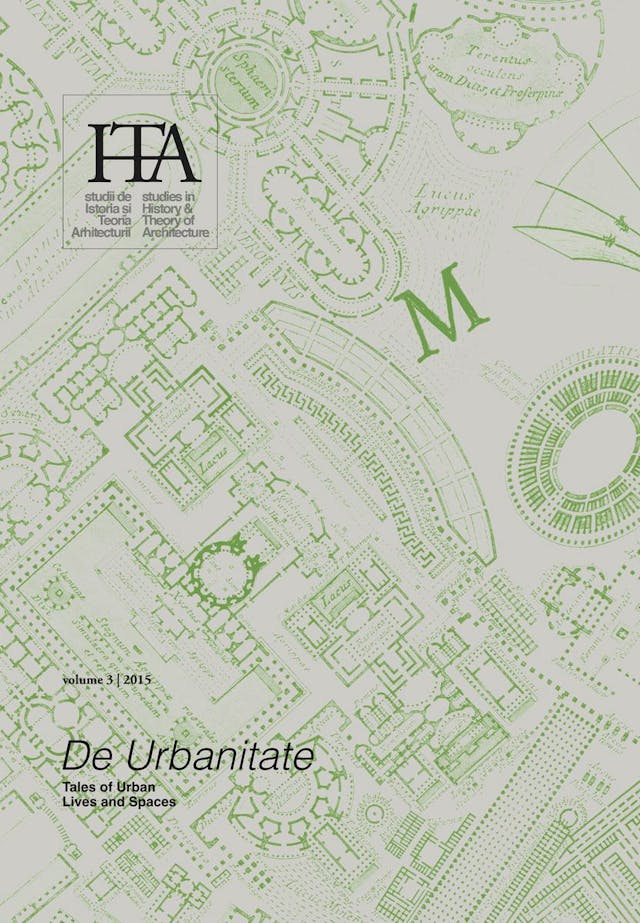Of Other Spaces in Berlin:On Urban Transformation and Romanian Roma
Of Other Spaces in Berlin:
On Urban Transformation and Romanian Roma
by
Theodora Müller-Balauru
Keywords
heterotopia
alternative uses of space
otherness
activism
Cities have been shaped throughout the history by policies and behaviours that have developed from the relation with _the other: _the migrant, the beggar, the poor, the one different through skin colour, language, religious beliefs or everyday practices.
This article will investigate in what way urban spatial transformation is related to the presence of the other. It advances the hypothesis that the other spaces (heterotopias in the line of definition that Foucault established in 1967, and which De Cauter and Dehaene have sharpened in 2008) have an established even historical function in the city which is that of mediating habitual conflicts between oikos – the private and agora – the public. But when those with ambiguous status, the other others – such as the Romanian Roma migrating to Berlin – use them for the negotiation of their condition and claims, these urban sites cave in under the complexity of the contradictions. We are witnessing the emergence of new types of spaces that function as loopholes, fragmented borders, exposed enclosures.
Apart from posing a serious intellectual and functional challenge to both planners and users of the city, these spaces are an important indicator: they are the urban spatial manifestation of various scales of socio-political and economical conflicts. They can become new instruments to enquire and articulate knowledge about the city, while their ambiguous and conflictual nature could be explored for potential urban renewal.
Chicago citation style
DOI:
10.54508/sITA.3.10
